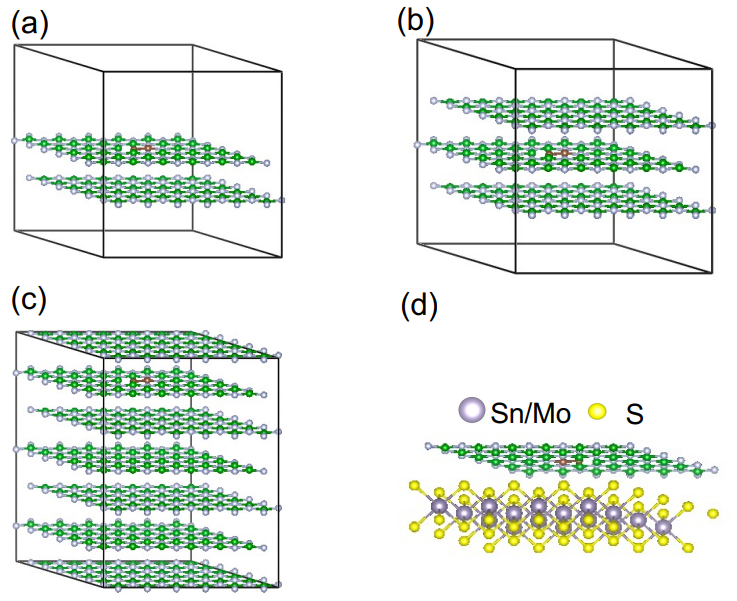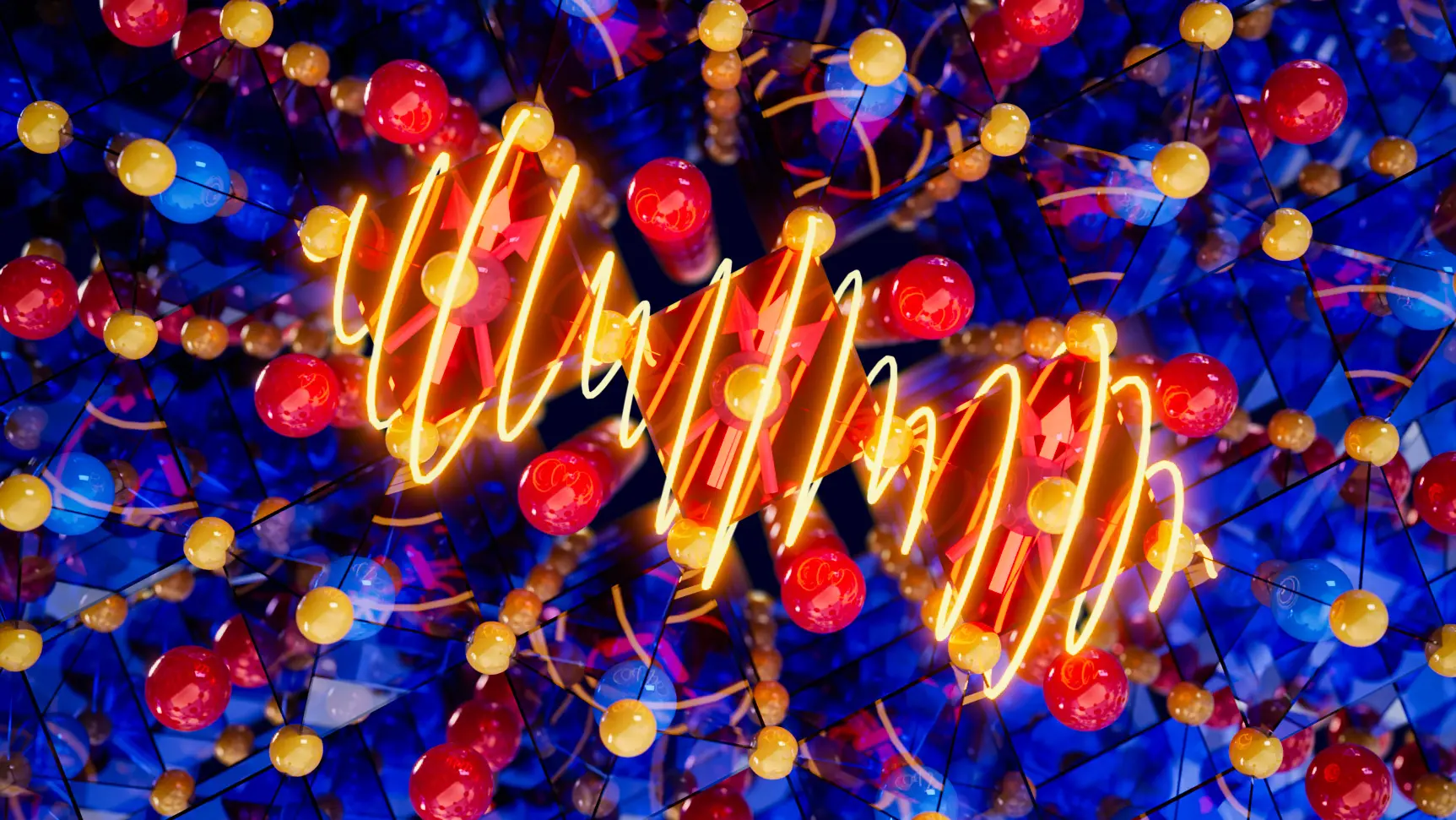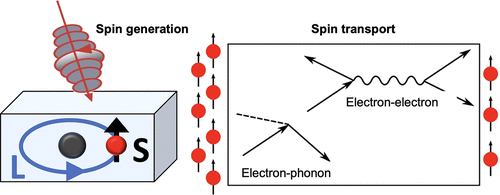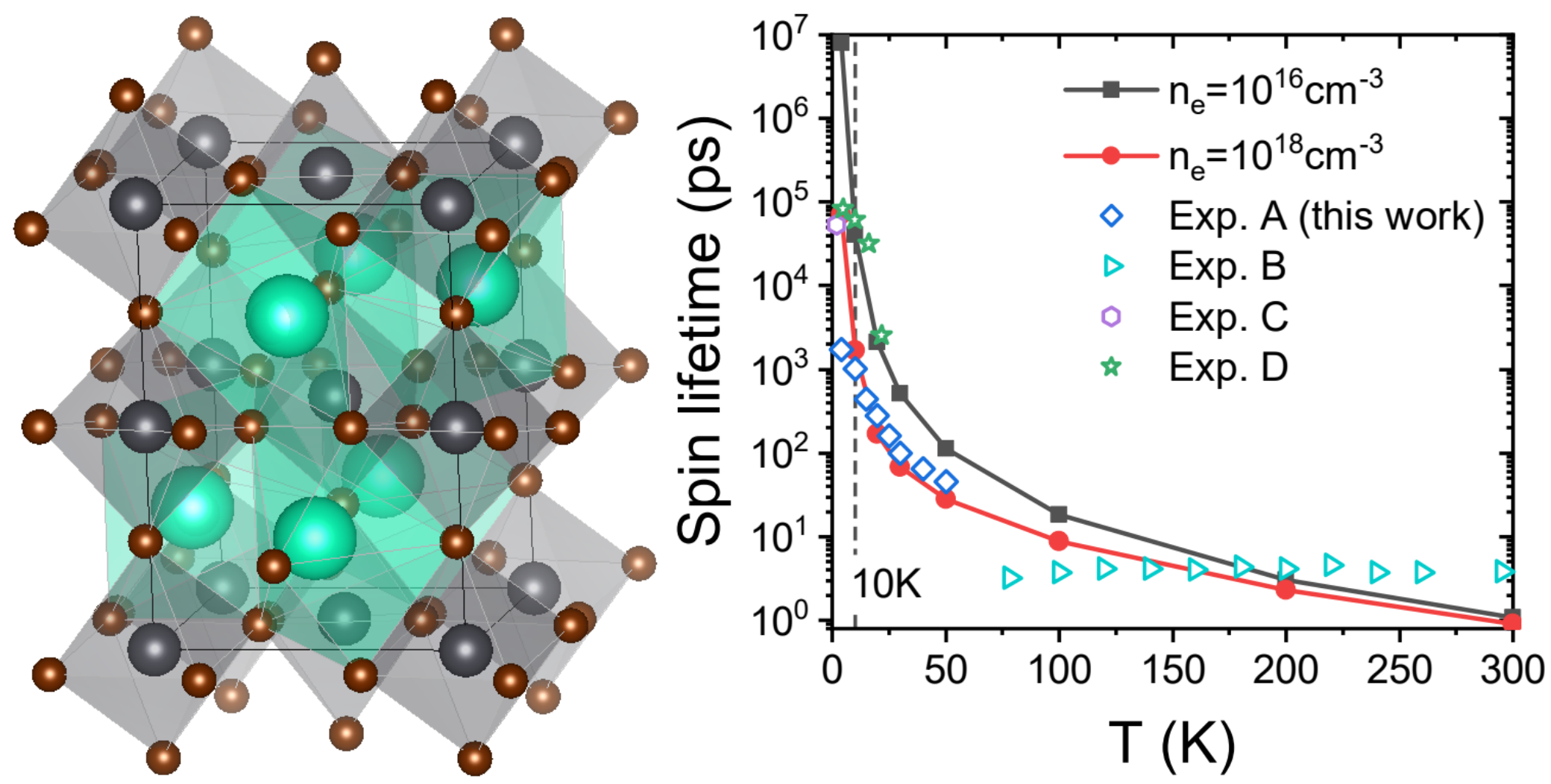Congratulations to Shimin Zhang, Kejun Li, Chunhao Guo and Prof. Yuan Ping for their work on “Effect of Environmental Screening and Strain on Optoelectronic Properties of Two-Dimensional Quantum Defects”, published in 2D Materials! Link to the published article.
Abstract: Point defects in hexagonal boron nitride (hBN) are promising candidates as single-photon emitters (SPEs) in nanophotonics and quantum information applications. The precise control of SPEs requires in-depth understanding of their optoelectronic properties. However, how the surrounding environment of host materials, including number of layers, substrates, and strain, influences SPEs has not been fully understood. In this work, we study the dielectric screening effect due to the number of layers and substrates, and the strain effect on the optical properties of carbon dimer and nitrogen vacancy defects in hBN from first-principles many-body perturbation theory. We report that the environmental screening causes lowering of the GW gap and exciton binding energy, leading to nearly constant optical excitation energy and exciton radiative lifetime. We explain the results with an analytical model starting from the BSE Hamiltonian with Wannier basis. We also show that optical properties of quantum defects are largely tunable by strain with highly anisotropic response, in good agreement with experimental measurements. Our work clarifies the effect of environmental screening and strain on optoelectronic properties of quantum defects in two-dimensional insulators, facilitating future applications of SPEs and spin qubits in low-dimensional systems.





